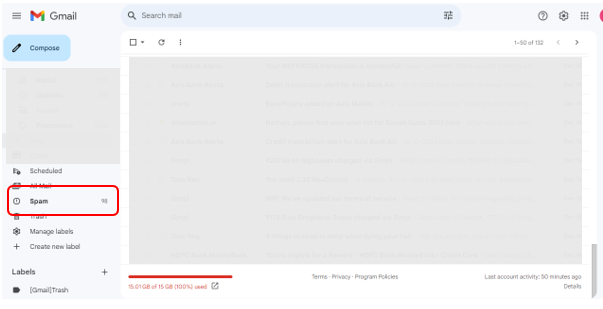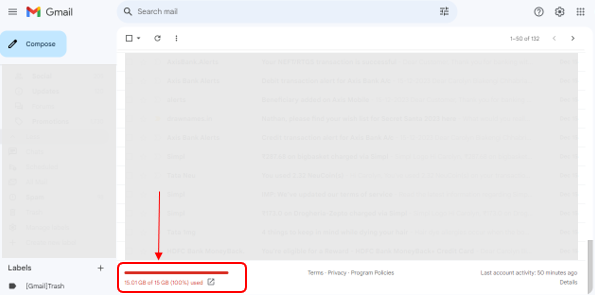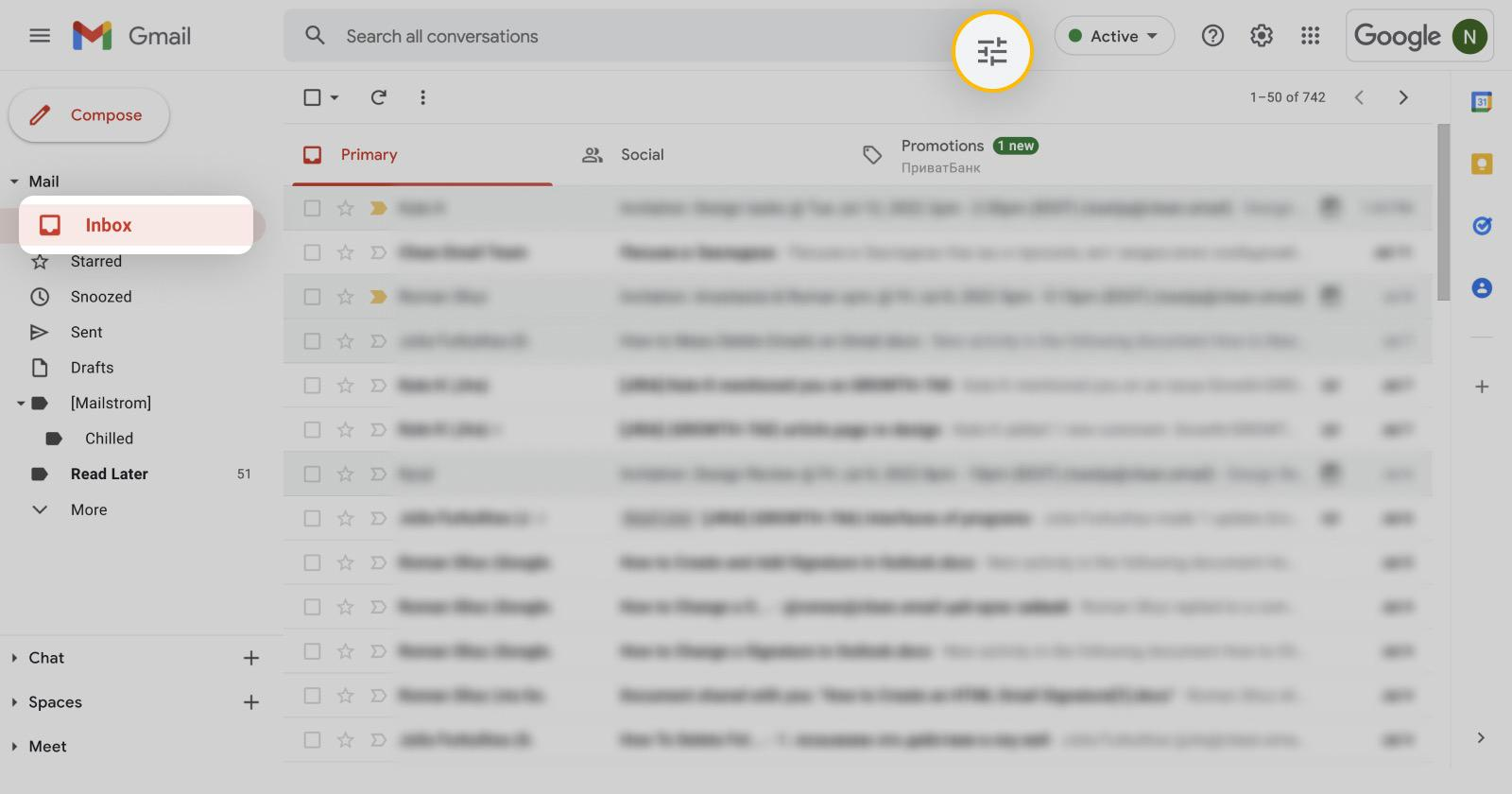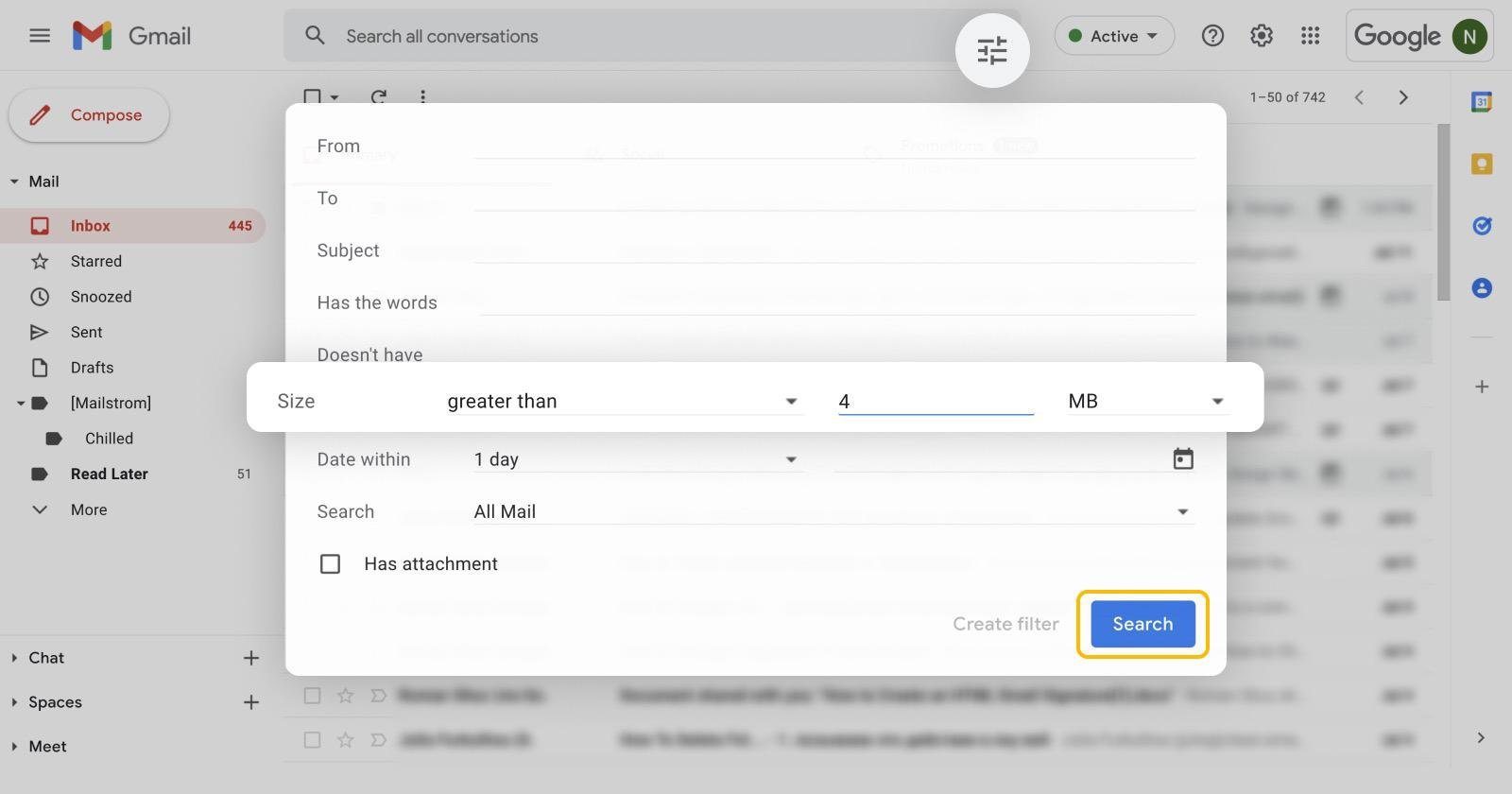
Get Business Email
No domain name required
Introduction
You might feel a bit lost when you open your Gmail inbox and find no new emails. "Why is my Gmail not receiving emails?" you might wonder. In this digital age, we rely heavily on email for daily communication. We're used to juggling constant messages, from newsletters and promotions to work memos.
Organization is key to keeping our inbox running smoothly. Think of your inbox as a well-maintained library, with each email as a book. The goal is not just to tidy things up but to create a space that caters to your specific needs so you can easily find what you need, from important appointments to crucial information.
Even if you haven't faced this issue, being prepared to tackle such hiccups is essential. Let's delve into the steps you must take to troubleshoot and resolve the situation promptly.
5 Common Causes of Gmail Not Receiving Emails
Dealing with the anxiety of missing out on important emails in Gmail can be quite a stressor. The silver lining? Some quick and easy fixes can get you back on track. But before we jump into problem-solving, let's uncover why your Gmail is not receiving emails.
1. Spam filter settings
When the question is, “Why is my Gmail not receiving emails?” you first must check your spam folder. Google has a great spam filter that automatically filters some emails to spam. But sometimes, it mistakes certain emails for spam, so the email you’re looking for may be in the spam folder. This also occurs if you have an antivirus in place. The antivirus might filter certain emails into spam or trash. You might have to click “More” and scroll down to find the spam folder.

Tip: Review and fine-tune your spam filter settings, ensuring they align with your preferences.
2. Could it be in the trash?
Just like spam, you must check your trash, too. Perhaps it isn’t that your Gmail is not receiving emails but that you accidentally deleted the email you were expecting. The good news is that emails that go into the trash are in the bin for 30 days before auto-deleting. So, there are chances of recovering the email.
3. Account storage limitations
Unfortunately, Gmail doesn’t come with unlimited storage. You get 15 GB of free storage space with your Google account by default. If that space gets full, your Gmail will not receive any new emails, and you will be notified that your space is full.

Tip: Quickly look over to the bottom left of your Gmail homepage. Under all your emails, you’ll find how much storage you have.
In case you have little or no space left, consider decluttering. You can delete unnecessary emails and attachments from your Google Drive and email.

Tip: If you choose the deleting route, then it’s best you sort emails by size and then delete the bigger ones. Here’s how you can do this:
- Open your Gmail inbox
- Select the “Primary tab.”
- In the search bar, click on the filter option on the right-hand side (as seen below)

- Here, in the “Size” option, choose “Less than” or “Greater than,” then input the size of the file.

- Once you click on search, results will automatically show up
If the need arises, you can always purchase a storage plan, which gives you more space depending on your chosen plan. This gives you more breathing room for your account to function seamlessly.
4. Internet connection issues
We often take it for granted; however, a dropped internet connection is one of the most common reasons for Gmail not receiving emails. For seamless email synchronization, you need a stable internet connection. If you are not receiving Gmail emails, maybe your Wi-Fi connection dropped, and you didn’t notice. Perhaps it’s slightly sluggish, making it hard for Gmail to send a large email. In this scenario, a quick switch off and on should get you going almost immediately. Alternatively, you can try changing to another network and see if it works.
5. Email forwarding and filtering settings
Incorrectly configured email forwarding and filtering settings can lead to emails taking unexpected detours away from your inbox. Take a moment to review your email forwarding rules and filter settings, both within Gmail and any external email clients you may be using. Ensure these rules are set up correctly and not inadvertently divert crucial emails. Carefully examining these settings can be the key to streamlining the email delivery process.
Troubleshooting Gmail
Now that we’ve covered some of the most common reasons why your Gmail may not receive emails let’s get down to how to fix it. From refining spam filter settings to managing account storage and addressing internet connectivity issues, we'll guide you through troubleshooting to ensure a swift resolution to your email reception woes.
Checking spam and trash folders
The easiest option is to check your spam folder. No doubt, Gmail has some advanced spam filters; however, it can still snag, and one in many emails may land up in spam. How can you check?
- On your Gmail homepage, look to the left-hand menu bar
- Under the inbox label, you should find “Spam” as an option
- If not, click on “More” and it should show up
- Check if your email is there
- If yes, then open it and select “Report not spam.”
- This should automatically send your email to your inbox or the original destination.
Tip: Sometimes, the spam folder can have too many emails. Picking the “All mail” option makes it easier to sift through emails.
Alternatively, you can check the trash folder too. A simple way to check emails in the folder is by typing “in trash <email keyword>” in the Gmail search bar.
Verifying account storage space
Your Gmail storage space is shared between Google Photos, Google Drive, and Gmail. Your space can fill up rather quickly. Here’s how you can free up space.
To delete emails:
- To delete a single message, hover on any email, and the trash option will pop up on the right-hand side
- Another way is to click on the checkbox beside the email and then the trash option on the top
- If an email is open, then you can click on the three dots on the top right hand of the screen and click on delete
To delete files/folders from Google Drive:
- Open your Gmail account and then go to Google Drive
- Once a list of all your files/folders shows up, right-click on the ones you want to delete and click the delete option.
Review email forwarding rules.
Email forwarding can interfere with your email. Here’s how you can check and ensure things are looking good.
- Open the Gmail homepage
- On the top right-hand corner, click on the cog icon “Settings.”
- Click on “See all settings.”
- On the top navigation bar, select the “Forwarding and POP/IMAP” tab
- Now, turn the forwarding option off
Advanced Solutions
Once you fix why Gmail isn’t receiving emails, you can keep your inbox clean and clutter-free by using unsubscribing apps or plugins. Here are a few you can try.
Trimbox
This plugin makes it as easy to clean your inbox as checking your email. After installing, the plugin allows you to unsubscribe in bulk by adding an “unsubscribe” button to every mailing list. This automatically unsubscribes you from that email and emails from the same sender in the past.
Clean Email
In addition to its unsubscribing feature, with Clean Email, you can also block emails from senders who don’t provide an unsubscribe link. You can also pause subscriptions to take a break from certain emails.
Mailstorm
Adding the Mailstorm extension to Gmail lets you clean your inbox thoroughly with just a few clicks. You can sort emails based on filters like size, date sent, and sender. It’s easy and quick to unsubscribe from emails in bulk.
Unroll.me
With Unroll.me, you can choose the relevant emails, and you want to keep and send the not-so-useful ones into the “unsubscribe” list. The best part is that it’s free and extremely easy to use. Using the “roll-up” feature lets all emails enter a single-daily digest.
Cleanfox
Another straightforward and uncomplicated app is Cleanfox. With just a few clicks, you can clean up your inbox of all those marketing and promotional emails. You can also keep such unwanted emails in your inbox in the future.
Additional Tips for Email Reception
Here are a few more quick fixes for your Gmail not receiving email.
Log out and log back in
A simple and effective fix for most issues is to log out and log back in.
Update Gmail
Is your Gmail app up to date? If not, update the app on your phone or update your browser on your laptop.
Change browsers
Typically, do you use Chrome? If yes, try switching to Safari or any other browser and check if the issue is resolved.
Test mail
Sometimes, the issue can be at the end of the sender. You can determine this by sending a test email to yourself. If you receive it, your inbox works just fine.
Wrapping Up
As we conclude our exploration of effective strategies to address Gmail's email receiving challenges, begin by identifying the root cause, whether it's a weak internet connection or another culprit. Once the issue is pinpointed, swiftly implement the appropriate solution to resolve it quickly. This guide serves as your trusty companion, ensuring that you can promptly tackle any hiccup that comes your way.

Get Business Email
No domain name required





.svg%201.svg)
.svg)
.svg)
.svg%201.svg)



